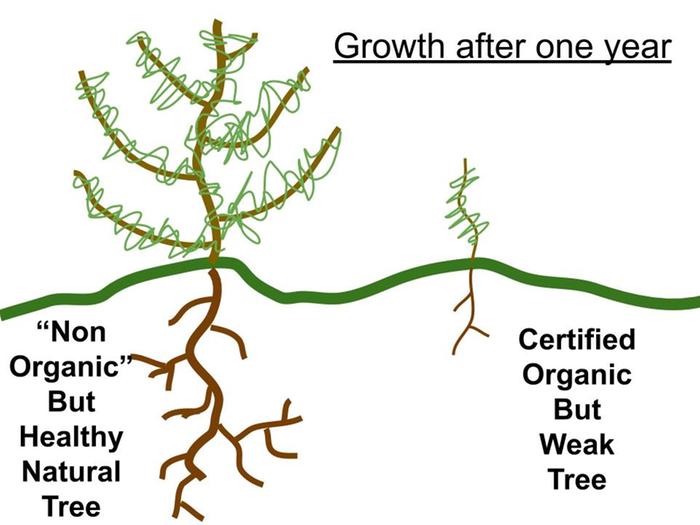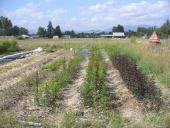
 3
3




Other people may reject you but if you lie in the forest floor for long enough the moss and fungi will accept you as one of their own!
 3
3




I make a Maple Syrup instructional movie! Check it out HERE
SKIP books, get 'em while they're hot!!! Skills to Inherit Property
See me in a movie building a massive wood staircase:Low Tech Lab Movie
 1
1




"The rule of no realm is mine. But all worthy things that are in peril as the world now stands, these are my care. And for my part, I shall not wholly fail in my task if anything that passes through this night can still grow fairer or bear fruit and flower again in days to come. For I too am a steward. Did you not know?" Gandolf
 4
4




“All good things are wild, and free.” Henry David Thoreau




This is all just my opinion based on a flawed memory

 5
5





Striving to grow things as naturally, simply, and cheaply as possible! 
My YouTube channel
 2
2





 1
1





|
All praise hypno-ad
The new gardening playing cards kickstarter is now live!
https://www.kickstarter.com/projects/paulwheaton/garden-cards
|








